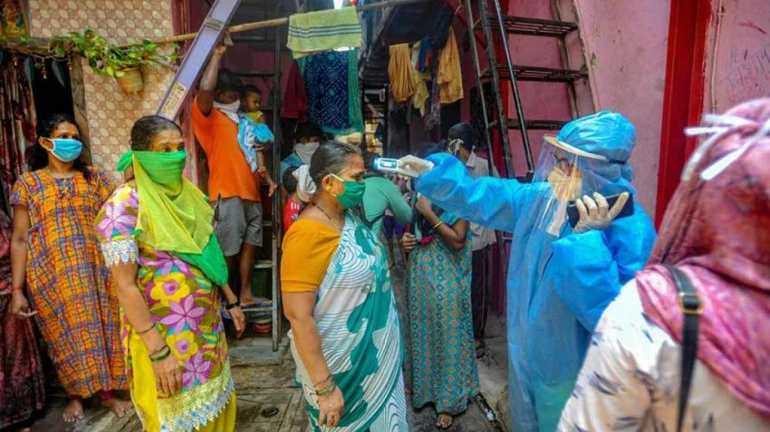
With the increase of coronavirus cases in Maharashtra, officials were concerned about the spread in the smaller pockets of Mumbai, especially slums and chawls, where densely packed houses and poor infrastructure posed as a threat for the spread of COVID19. However, the efforts put by the state government and the Brihanmumbai Municipal Corporation (BMC) have paved off.
The initiatives were closely observed and appreciated by international bodies and associations like the World Health Organization (WHO) and the World Bank, and now, also by the University of Oxford.
As per reports, the University of Oxford has advised the respective organisations to understand and take lessons from the model used in Dharavi, to prevent coronavirus infection. Similarly, the work implemented by Vijay Kulange, Marathmole District Collector of Ganjam in Odisha has also been noted and appreciated.
Over the last few months, several parts of the world have seen a rise in COVID-19 cases and the infection has spread rapidly. Observing this, the organisations have asked the respective governments and bodies to focus on patients living in congested and smaller localities, thereby understand their situation and solve their problems. Similar findings were observed in a study conducted by the University of Oxford University. Reports state that a total of 310 cities from different parts of the world were thoroughly observed and studied closely, and the research mentions the efforts implemented in Mumbai's Dharavi and Odisha's Ganjam area.
The research was conducted by members from Oxford and Northeastern universities, and the teams have appreciated the model. Coronavirus infection was found to increase rapidly in densely populated areas, and it was also observed that the infection was spreading faster in urban areas as compared to rural areas. Ignoring densely populated areas such as Madrid and London led to an increase in the spread. While not every city will have the same method or pattern of spreading, one must consider implementing the screening methodology used in these areas, and try to keep it the same, said the study.
Coronavirus infection initially spread rapidly in Dharavi, also referred to as the largest slum in Asia. However, officials were able to control it through effective mechanisms and support from the Municipal Corporation, doctors, police and NGOs.





